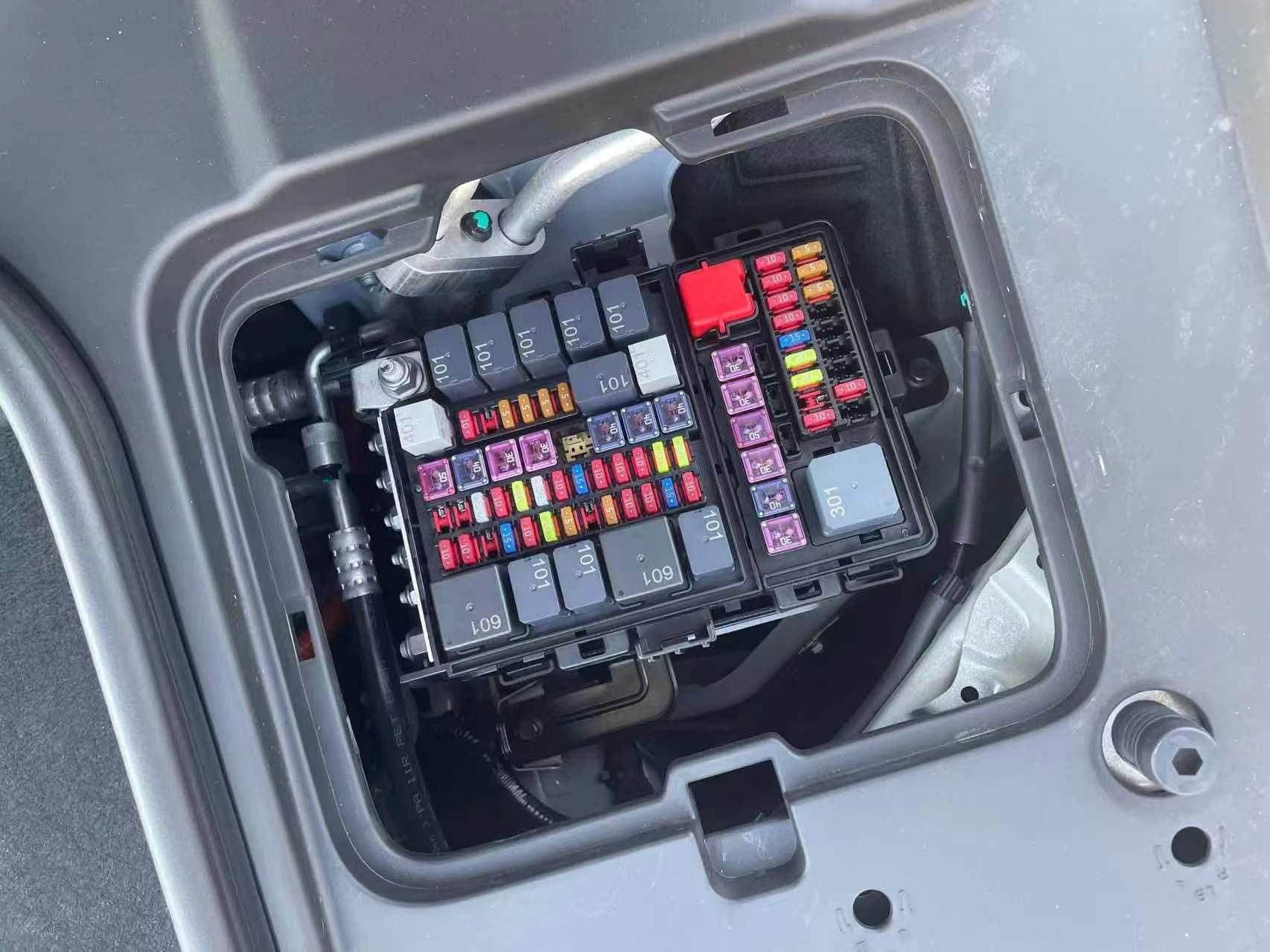relay demonstrations: a vital tool for understanding automation and control systems
Release time:2025-08-06 12:52:35
Relay demonstrations are integral to understanding the practical applications of relays in automation and control systems. A relay is an electromechanical switch used to control the flow of electricity in a circuit by opening or closing contacts in response to an electrical signal. These demonstrations serve as a hands-on approach to learning how relays operate, their various types, and how they contribute to system automation. Whether for beginners or advanced learners, relay demonstrations provide an essential insight into the world of electrical and electronic control systems.

The Basics of Relay Technology
At its core, a relay is a device that allows a low-power electrical signal to control a higher-power signal. This principle is particularly important in systems where direct switching with high-voltage equipment would be hazardous or impractical. The relay essentially functions as a middleman that isolates and controls electrical signals between two circuits, ensuring that signals from low-voltage components, such as microcontrollers, can safely operate high-power devices, such as motors or lights.
A relay consists of an electromagnet, a set of contacts, and a spring mechanism. When a small current passes through the electromagnet, it creates a magnetic field that pulls the contacts together, closing the circuit. Conversely, when the current is switched off, the spring pushes the contacts apart, opening the circuit. This simple mechanism makes relays a powerful tool for controlling complex systems.

